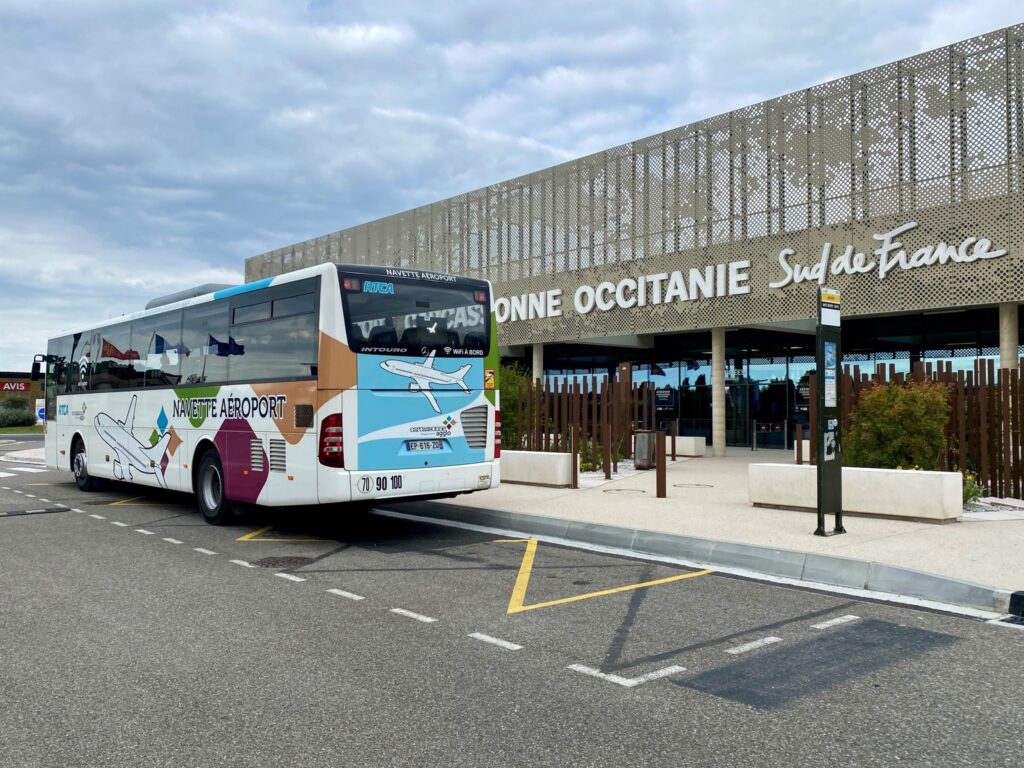Did you know Place Carnot was a car park in the 1960s and 70s
In the mid 90s the transformation to what you see now began. All the hundred year old plane trees were dug up and relocated to the Stadium Mayrevieille and New plane trees were planted on Place Carnot in the exact spots where the old ones were removed from.
The plaque just outside the bank on the corner by the new cafe columbus reads
“In the heart of the Bastide Saint-Louis, created by the King of France in the 12th century.
The Place aux Herbes, currently Place Carnot, was in the Middle Ages surrounded by half-timbered houses and canopies.
It suffered the devastating visit of the Black Prince in 1355 and the ravages of a fire the day after the visit of King Louis XIII in 1622.
The 18th century endowed it with a monumental fountain called “Neptune” in white Carare marble created by the scissors of the sculptors Barata et fils.
During the revolutionary period, on Liberty Square not only was the constitution proclaimed but also a gallows and guillotine were erected.
The monarchy embellished the west side of the square with the construction of a beautiful Louis Philippe style facade.”
During the fire of 1662, 150 houses were destroyed including all the covered areas bordering the square (it would have resembled Mirepoix square). Les Halles was then constructed.
During the revolution in the 1790s the gallows and guillotine were used. The square went though various names … Place Impériale under the First Empire, Place Royale under the Restoration, then Place Dauphine, Place de la Liberté and Place de la Révolution, Place aux Herbes in 1852 and finally Place Carnot in 1894.
In 1887 the candelabra lights you see in the 4 corners were installed and initially they were gas, now they are soft LED lights.
If you look right up above the Longchamps restaurant you will see the statue of Saint-Vincent de Paul made in metal in 1894.
The first fountain built on the square was in 1675, with a large rock supporting a “colossal” statue of Neptune. Water flowed from the top of the rock into four basins and from the mouths of four sea horses, each topped by a mythological character. Between each sea horse is a dolphin. A large basin collected the water, which then channeled into the streets surrounding the square.
It was decided to build a marble fountain on the square in 1752. Sieur Barata, an Italian sculptor started and his eldest son took over the project, completing it in 1771. Inscriptions in Latin are engraved on the four faces of the monument, with the city’s arms on the north side and the arms of France on the south side.
The inscription on the east side reads: “Ut fugit unda fluens, fugiunt sic ludicra caecae munera fortunae, nec manet usque favens,” which translates to “As this passing water flees, so flee the precious gifts of blind fortune.”
In 1839 the Duke of Orléans and his wife visited Carcassonne, and the Municipality organized a a festival where the fountain was filled with red wine. This sounds like a fun party – not sure if I would have drank the wine though!




